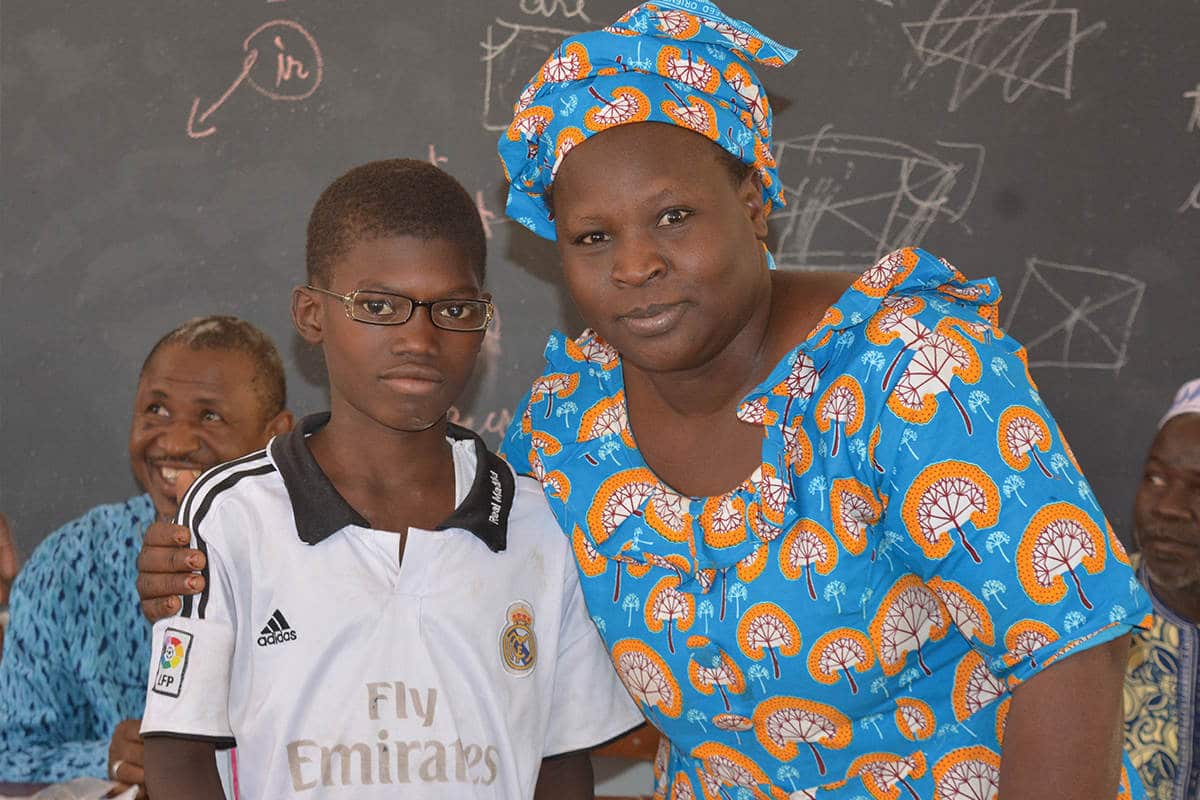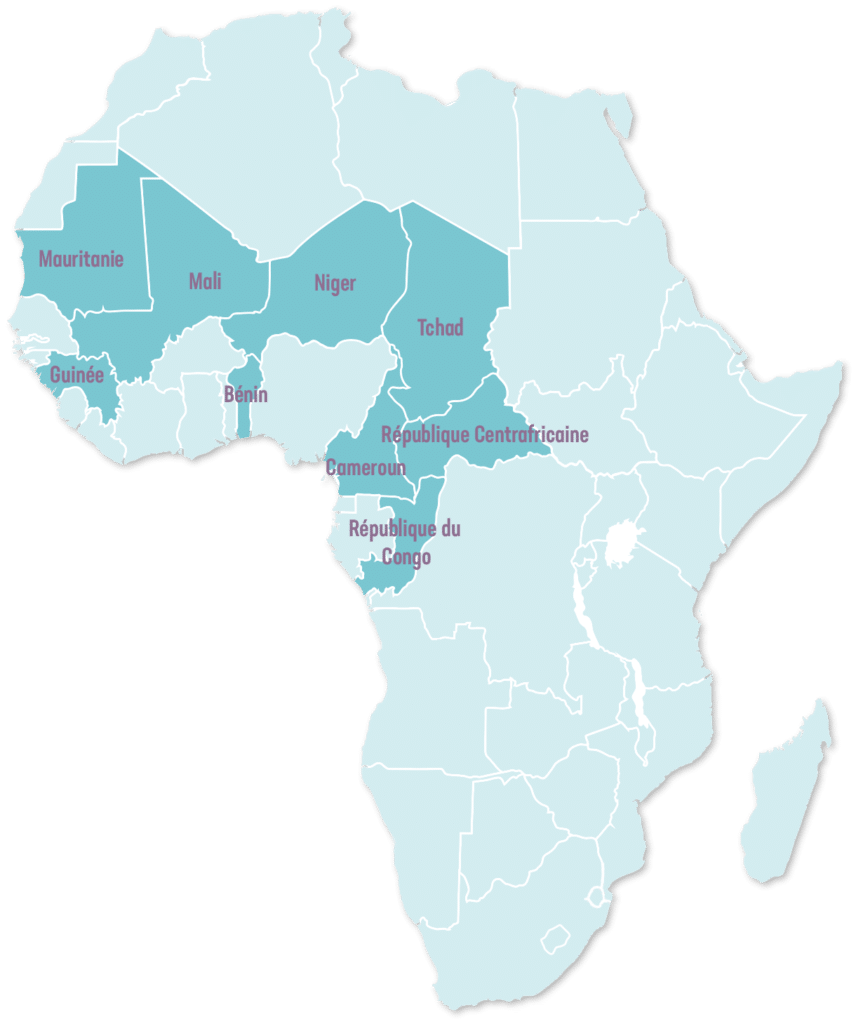
Hyperopia is a common refractive error where you can see objects in the distance very well while having difficulty focusing on objects nearby. It is the opposite of myopia.
Hyperopia is most often caused by an eye that is “too short”. This means that in a hyperopic eye, there is not enough distance between the cornea, located at the front of the eye, and the retina, located at the back. As a result, when the eye is at rest, the point of sharpness forms behinds the retina instead of forming exactly on it.
Symptoms of hyperopia include strain to focus on nearby objects, such as reading a book, headaches, sensitivity to light or sensations or itchiness or tightness in the eyes.
Hyperopia is diagnosed with a comprehensive eye exam, including a refraction assessment and an eye health exam.
Hyperopia is corrected with glasses or contact lenses.

Francophone Africa is frequently overlooked by international development stakeholders when it comes to restoring sight and providing quality eye care. The Organization for the Prevention of Blindness (OPC) works with local governments, civil society organizations and communities to fight blindness, restore vision, encourage local ownership of eye health care systems and ensure human right to sight.







Want to join the fight against blindness? Join our mailing list to stay up to date on all the latest news and events from OPC – Organization for the Prevention of Blindness. We won’t spam your inbox, we promise.